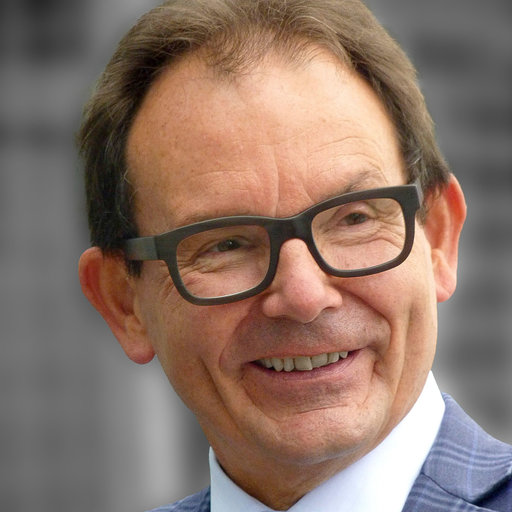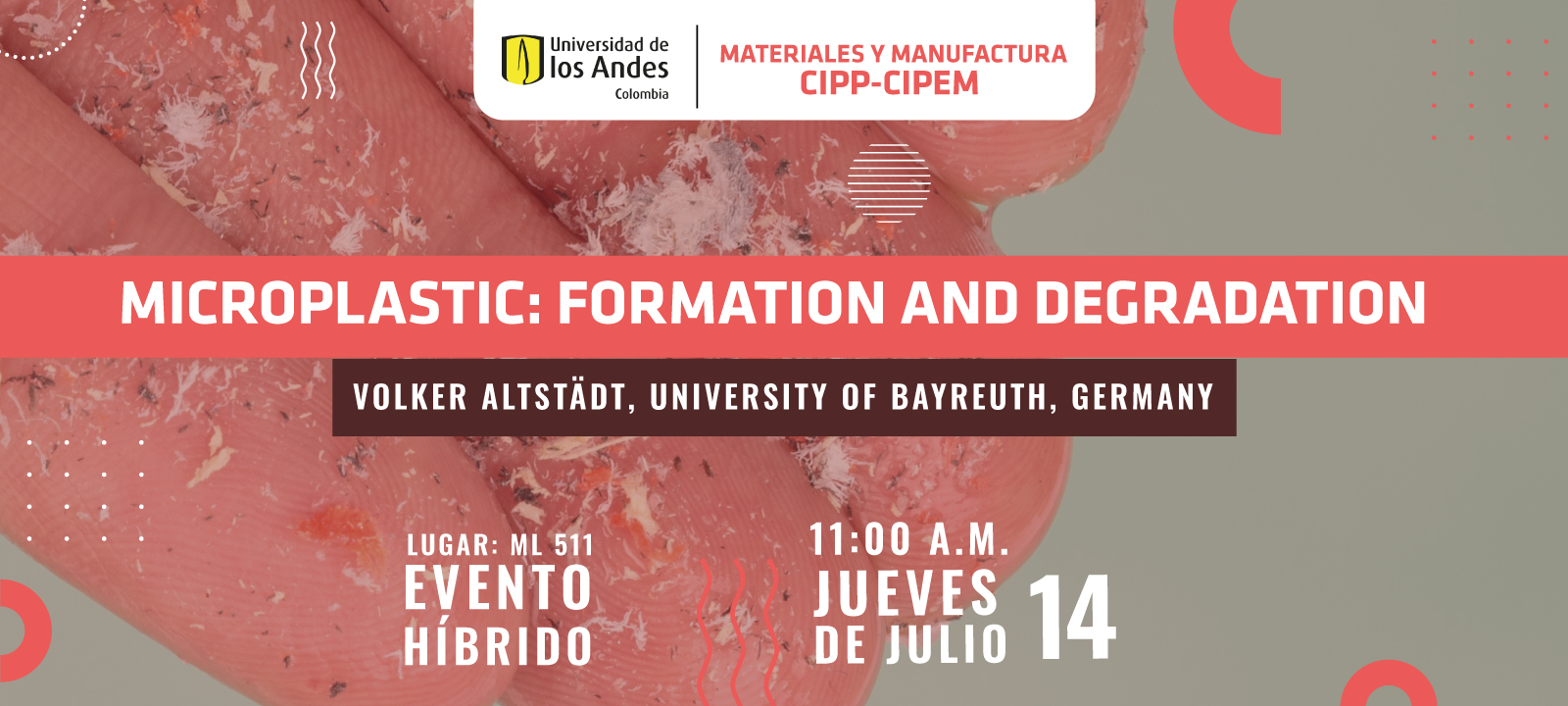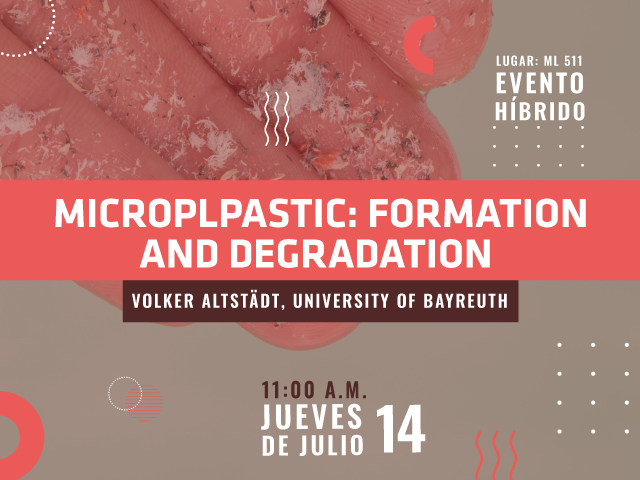Microplastic - Formation and Degradation
Microplastic is an important and current topic in our world. More and more plastic is produced and more and more can be found in nature. But it is not only the plastic we can see as bottles, bags or other waste material. There is a lot more plastic in the form of tiny pieces, that spreads in nature. Scientists found microplastic in almost any part of our environment – in oceans and rivers, soil and also in animals and our drinking water bottles.
There are some studies that show that microplastic can have a negative impact on the metabolism of different animals and even cause their death. It is most likely that humans could also suffer from microplastic in the future. People are now looking for solutions to tackle this problem. But to find a solution you first have to understand the problem.
Therefore, the microplastic topic can be divided into three aspects. At first the development should be addressed. In most cases the start of the microplastic lifecycle actually is macroplastic. Big plastic parts, especially packaging material, get into the nature by littering. There it is exposed to different kinds of stresses like UV radiation from sunlight, fluids and mechanical stress. In the past there have been many studies that analyze single aspects of this topic like the influence of UV radiation on the tensile strength of plastics. But there is no deeper inside into the fracture mechanisms of plastics under the combination of the variety of natural stresses.
The Environmental Stress-Cracking Resistance (ESCR) of the polymer of a component, for example a bottel, plays an important role in the kinetics of the degradation into microplastic. This will be specially adressed in this contribution. The second aspect of microplastic is the transport of these particles. Once the little pieces are built they can spread by many transport mechanisms because of their very low size. Wind, water and even animals can be part of the transport process.
The last aspect are the biological effects of microplastic. Until know it has been seen, that microplastic could harm animals. But it is not clear, if any type of plastic, any geometry or size of these particles is particularly dangerous. Factors like the surface properties could also influence biological interaction of microplastic with nature. This shows that there are many open questions regarding microplastic that give a lot of space for interesting investigations and can guide us to avoidance or reduction of microplastic. It is the aim of this talk to give an introduction to the different aspects of the microplastic problem and make suggestions for new research topics.
Speaker

Volker Altstädt, Department of Polymer Engineering, University of Bayreuth of Germany
After his university studies in Physics and earning his Ph.D. degree (Dr.-Ing.) to the department of Mechanical Engineering in Kassel (supervisor Prof. Dr.-Ing. Ehrenstein) i in 1987, Volker Altstädt worked as group leader in the Department of Polymer Physics under the Polymer Research Division of BASF AG in Ludwigshafen for eight years. Since 1995 he has been a Full Professor for Polymers in Mechanical Engineering and head of the Department of Polymers and Polymer Composites at the Technical University Hamburg-Harburg, Germany. From October 2000 to December 2020, Volker Altstädt was Full Professor of the Department of Polymer Engineering in the Faculty of Engineering (ING.) at the University of Bayreuth. Furthermore, from 2009 to 2021 he was CEO of Neue Materialien Bayreuth GmbH, a Bavarian state R&D-institution in the field of materials and processes for polymers, composites and metals.
The research group of Volker Altstädt is dedicated to scientific and industrial oriented research in the area of polymeric materials, establishing a connection between the natural sciences and engineering technology. Emphasis is placed on the interdisciplinary cooperation among the scientists, bringing together the disciplines of chemistry, physics, chemical engineering and mechanical engineering. Research activities of Volker Altstädt’s group focus on polymer foams, polymer composites and nanocomposites, polymer blends and compatibilization, resin systems and flame protection, special injection molding techniques, with the primary goal of determining the structure-properties relationships and tailoring polymeric materials for specific requirements.



